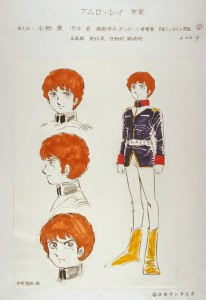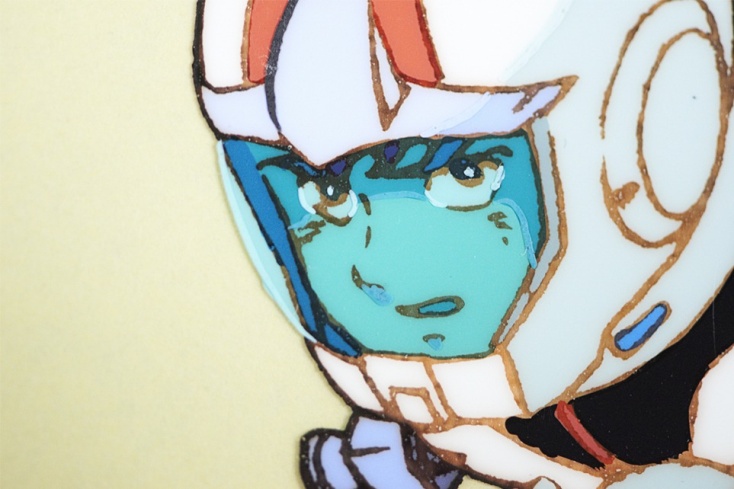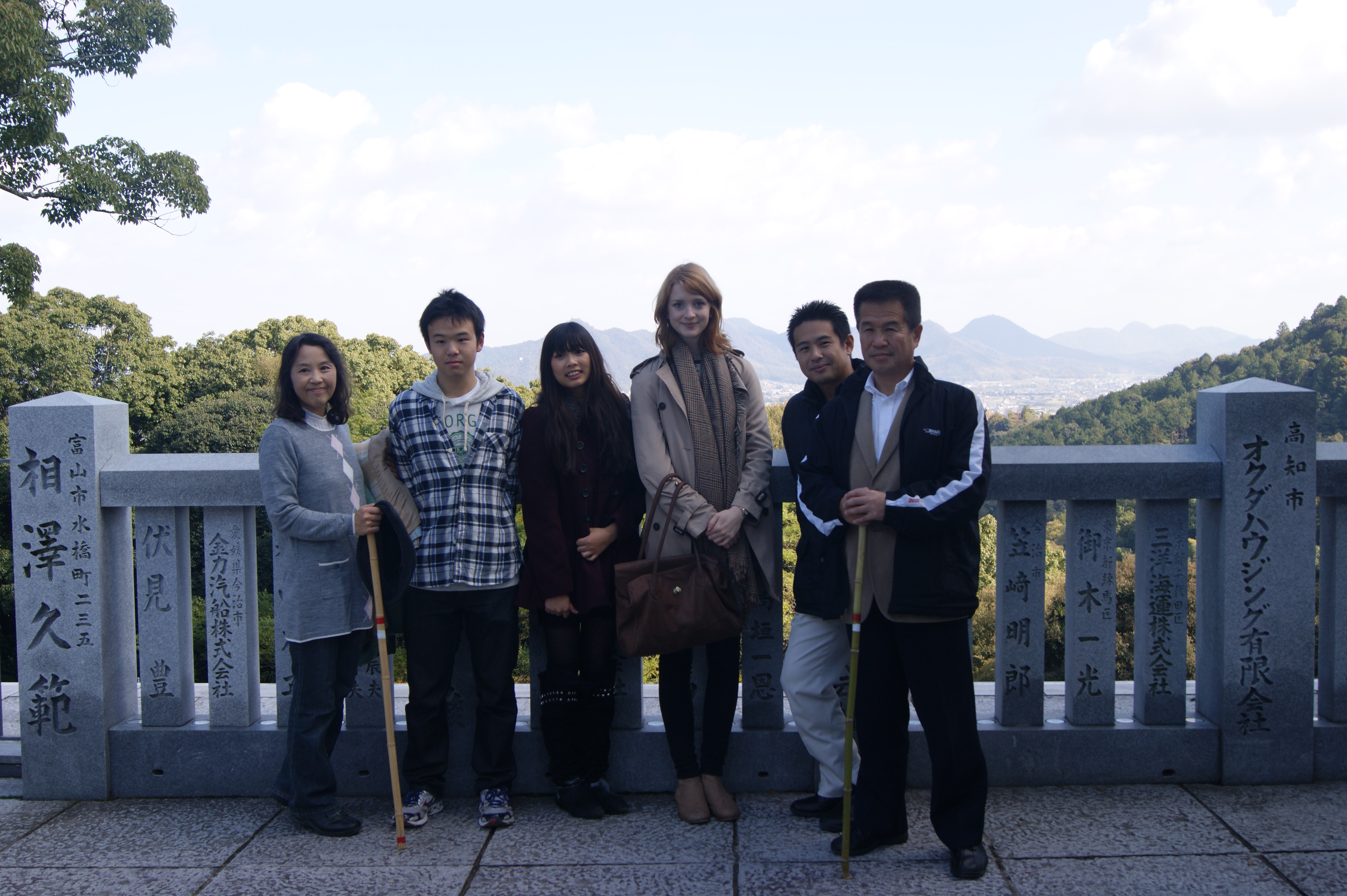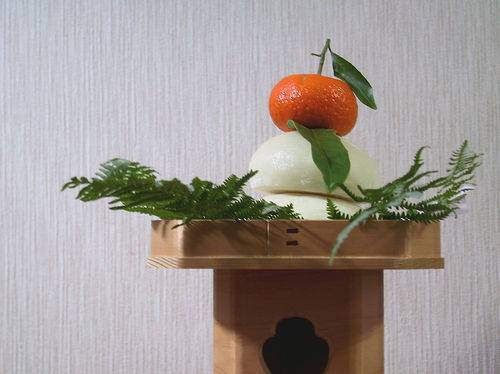The Art of Gundam
Â
Mobile Suit Gundam was principally developed by renowned animator Yoshiyuki Tomino and made its tentative first steps as the rather more punchily titled Freedom Fighter Gunboy before its initial TV debut on April 7, 1979. The original series was based upon a premise that recurs frequently in the milieu – that of a child who stumbles upon, and consequently befriends, a hulking robot, usually at a time of personal or social upheaval, and they begin a cathartic and ultimately redemptive journey together. The show is now a fifty billion yen industry, spawning over 600 animated episodes, 14 movies and numerous live action spin-offs, not to mention a variety of merchandise ranging from rocket shaped backpacks to 3 Gundam cafés in Tokyo, serving up ‘Jet Stream Chicken’ and ‘Char Aznable Pilot Lunch’ since 2010.
 The difference with Gundam is that rather than the robot being an anthropomorphic guardian, our hero Amuro, a 15 year old mechanic, is controlling his own redemption from within as he wears the robot as a suit, or ‘mecha’ (メカ) – a sort of autogenous patriarchy, but with rocket boots and jerky movements impaling evildoers at will with the aid of a retractable light sword.
The difference with Gundam is that rather than the robot being an anthropomorphic guardian, our hero Amuro, a 15 year old mechanic, is controlling his own redemption from within as he wears the robot as a suit, or ‘mecha’ (メカ) – a sort of autogenous patriarchy, but with rocket boots and jerky movements impaling evildoers at will with the aid of a retractable light sword.
On a turbid afternoon in an unfamiliar part of Osaka myself and two other ALTs decided to check out what on earth (or maybe space) any of this meant.
Our first point of call in the show was the deck of White Base, an ‘assault all environment use carrier’ if you are au fait with the genre, or ‘spaceship’ if not. Usually when I visit an attraction of this type and am led into a large dark room I expect a certain level of entertainment – disgruntled teenage staff members lurking in the shadows spraying shaving foam at non-plussed fathers, intermittent subwoofer blasts, salacious rumors, sticky flooring. However the expected three tier strawberry chocolate fondue turned out to be more like half a mince pie found down the back of the sofa as we were treated to ten minutes of ‘specially commissioned’ animated footage of people talking, including a rear accoutrement of another person talking which nobody seemed to notice.
 After this somewhat deflated opening we were spat out into the exhibition proper. According to the sleeve notes there are over 1,000 works on display, with original character sketches, storyboards and painted backgrounds making up most of the numbers. The early character sketches in particular are breathlessly executed and exude a warmth and dare I say it, humanity, that is often missing from the final production, and are a must for those interested in character design. There are also a number of hand painted cels which reveal a deftness of touch that transcends the computer assisted coloring of today’s animation processes. The show focuses primarily on 2D works but in one of the central rooms there are also some detailed models housed, disorientatingly, behind magnified glass which provides the viewer with a unique experience akin to reading the small print on the back of a shampoo bottle whilst wearing your grandma’s inch thick bifocals.
After this somewhat deflated opening we were spat out into the exhibition proper. According to the sleeve notes there are over 1,000 works on display, with original character sketches, storyboards and painted backgrounds making up most of the numbers. The early character sketches in particular are breathlessly executed and exude a warmth and dare I say it, humanity, that is often missing from the final production, and are a must for those interested in character design. There are also a number of hand painted cels which reveal a deftness of touch that transcends the computer assisted coloring of today’s animation processes. The show focuses primarily on 2D works but in one of the central rooms there are also some detailed models housed, disorientatingly, behind magnified glass which provides the viewer with a unique experience akin to reading the small print on the back of a shampoo bottle whilst wearing your grandma’s inch thick bifocals.
The show is arranged chronologically, with the final room pondering the age old question: ‘What next for Gundam?’ After 10 minutes spent perusing various developmental sketches and maquettes the answer seems to be – slightly larger ears.
A word of warning for those with somnambulistic tendencies – once you have exited the last room of the exhibition there is, like a mech suit hurtling towards earth and burning up on re-entry, no way back. Even a two foot sojourn outside of the designated enjoyment area will result in immediate expulsion by fleet footed attendants. As I was met with the standard crossed arms rebuff favored only by professional wrestlers and Japanese service industry workers, and seeing my endeavors on re-entry fall on deaf eyes, I decided to acquiesce and skulked down to the gift shop.
A riot of shuffling, grabbing and occasional squeaking, the gift shop represents all that is good about the museum visit, and in broader terms, life. Judging by the speed in which most patrons digested the show itself revealed the true purpose of visiting for most – the fine art of gift buying.
Non-robot shaped biscuits stacked high at inconvenient prices were devoured mercilessly, comprehensive exhibition catalogues the equivalent of yesterday’s cold pizza. The image of the scorched earth of what used to be my bank balance fresh in my mind, I decided to aim low and plumped for a single \100 postcard, only to immediately rescind my consumerist desires when I saw the line for the cash register; thick, undulating and undercut by palpable malevolence, it was time to leave.
Verdict: *** (3 stars out of five)
The low ceilings, high density of works on display and visitor numbers can make a weekend visit slightly overwhelming, but the comprehensive content is worth making the trip for.
Scott Patterson
The Art of Gundam†at Osaka Culturarium at Tempozan, Minato Ward, in Osaka runs from July 12 to Aug. 3; open daily 10a.m. – 9p.m. Admission: ¥2,000 for adults, ¥1,500 for children. For online ticket sales and more information, visit www.gundam-ten.jp/en/ (English/Japanese).












